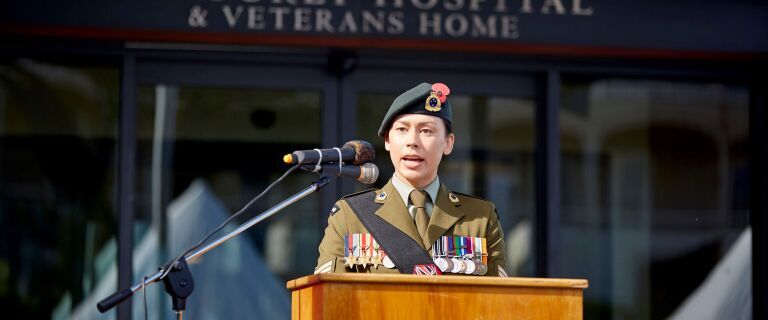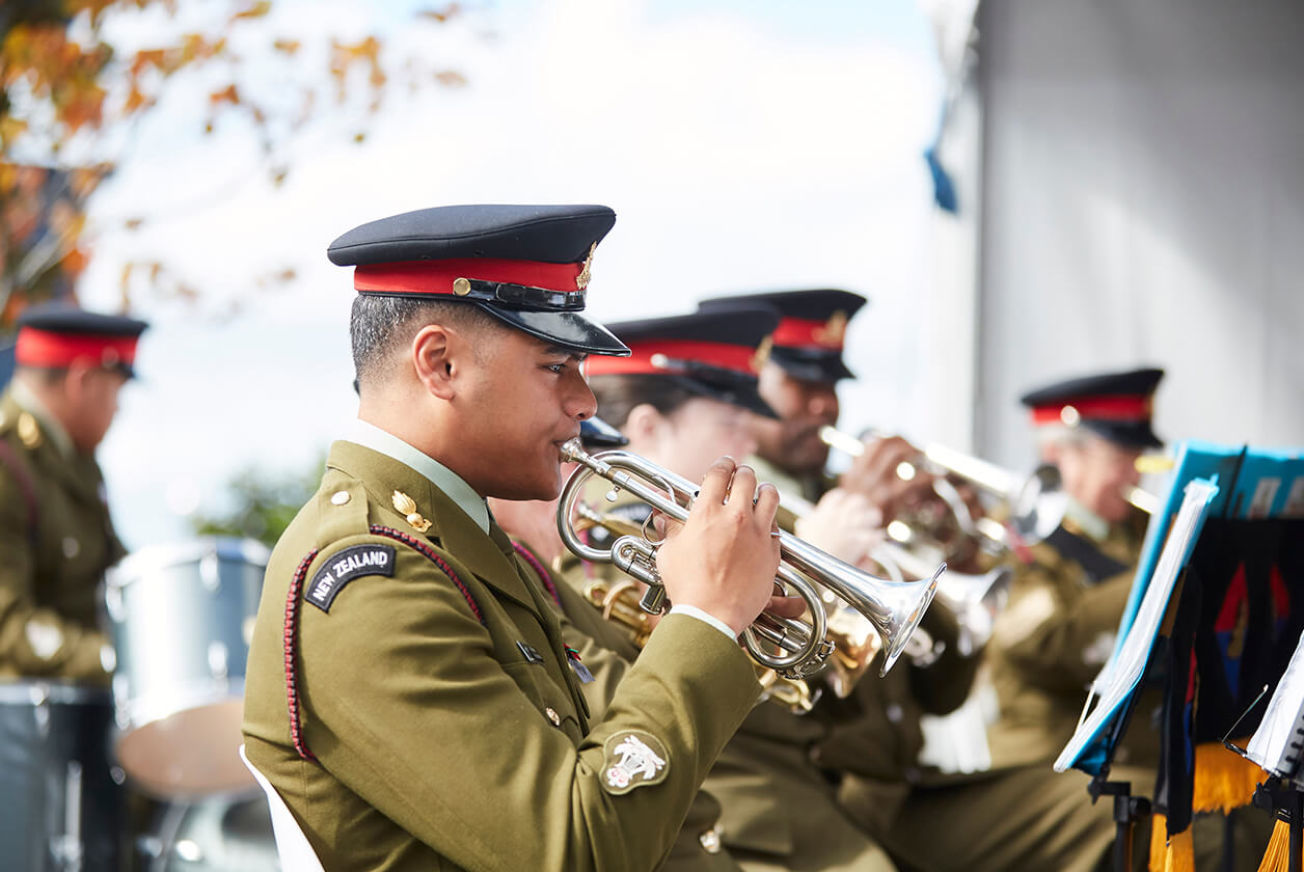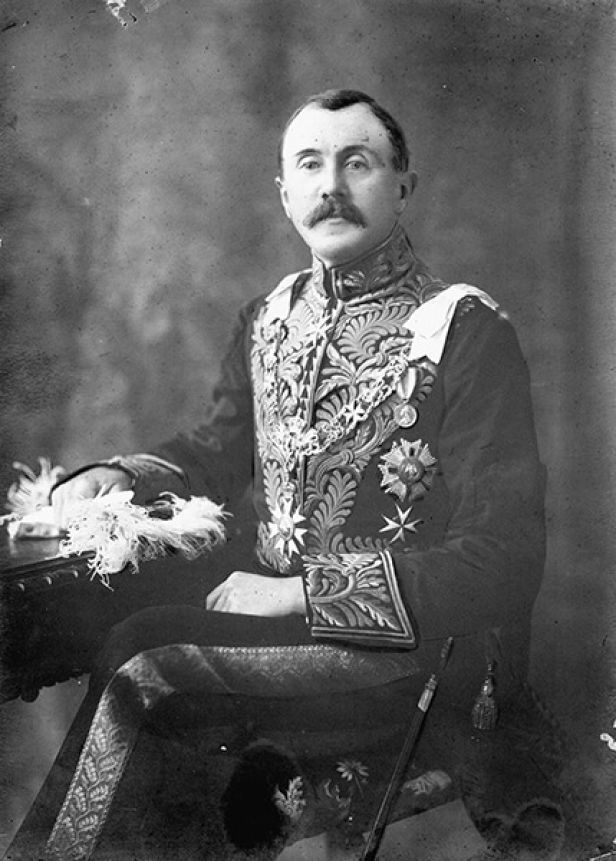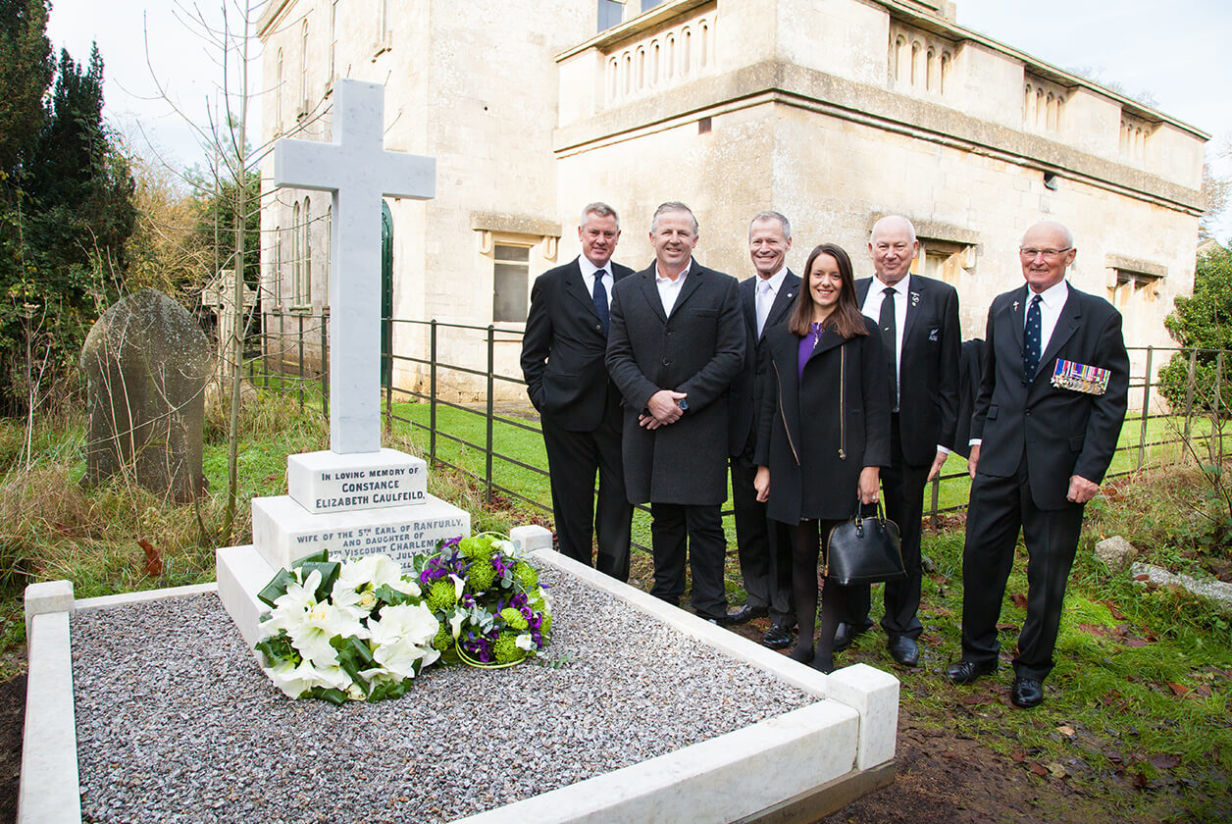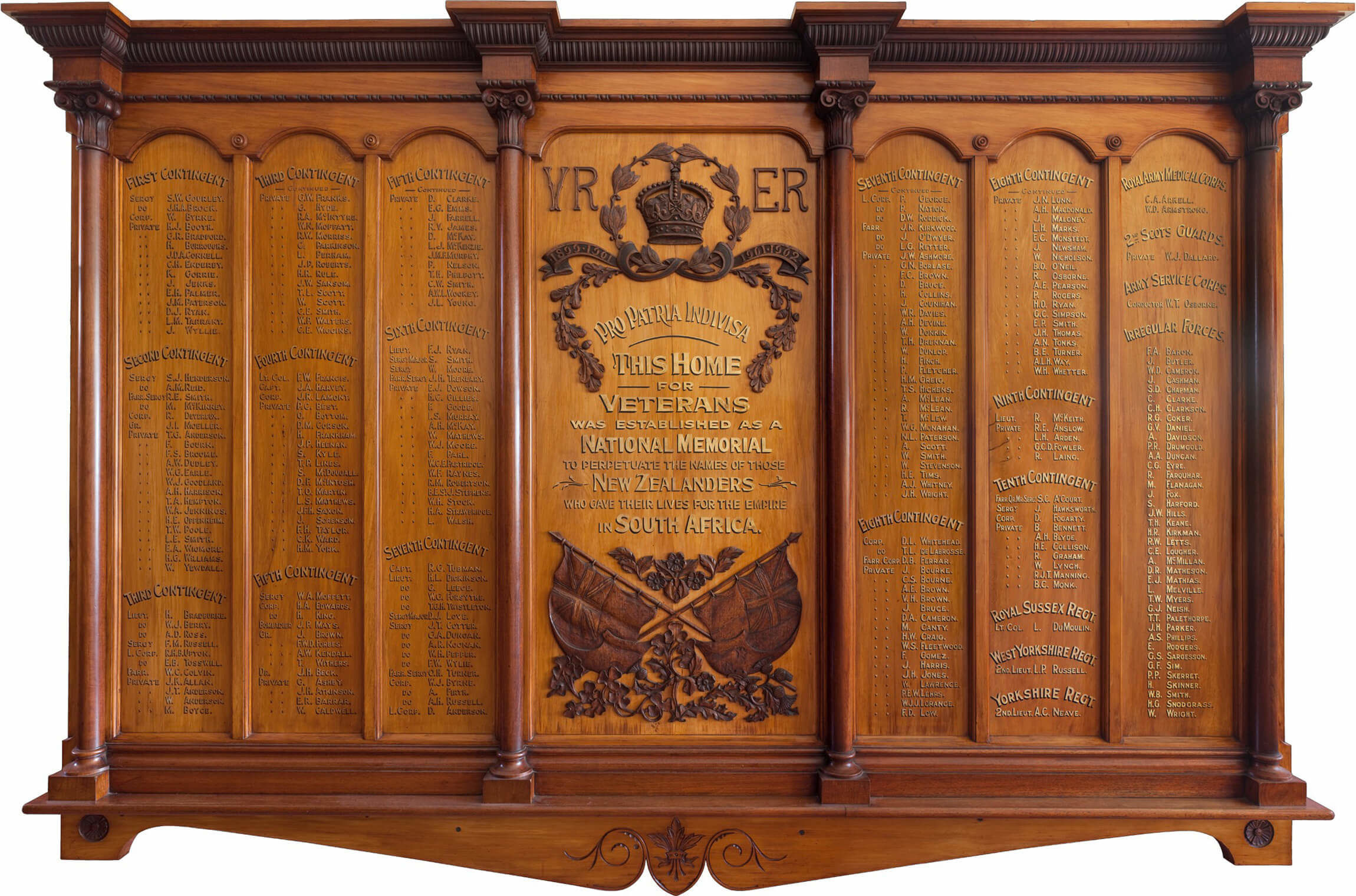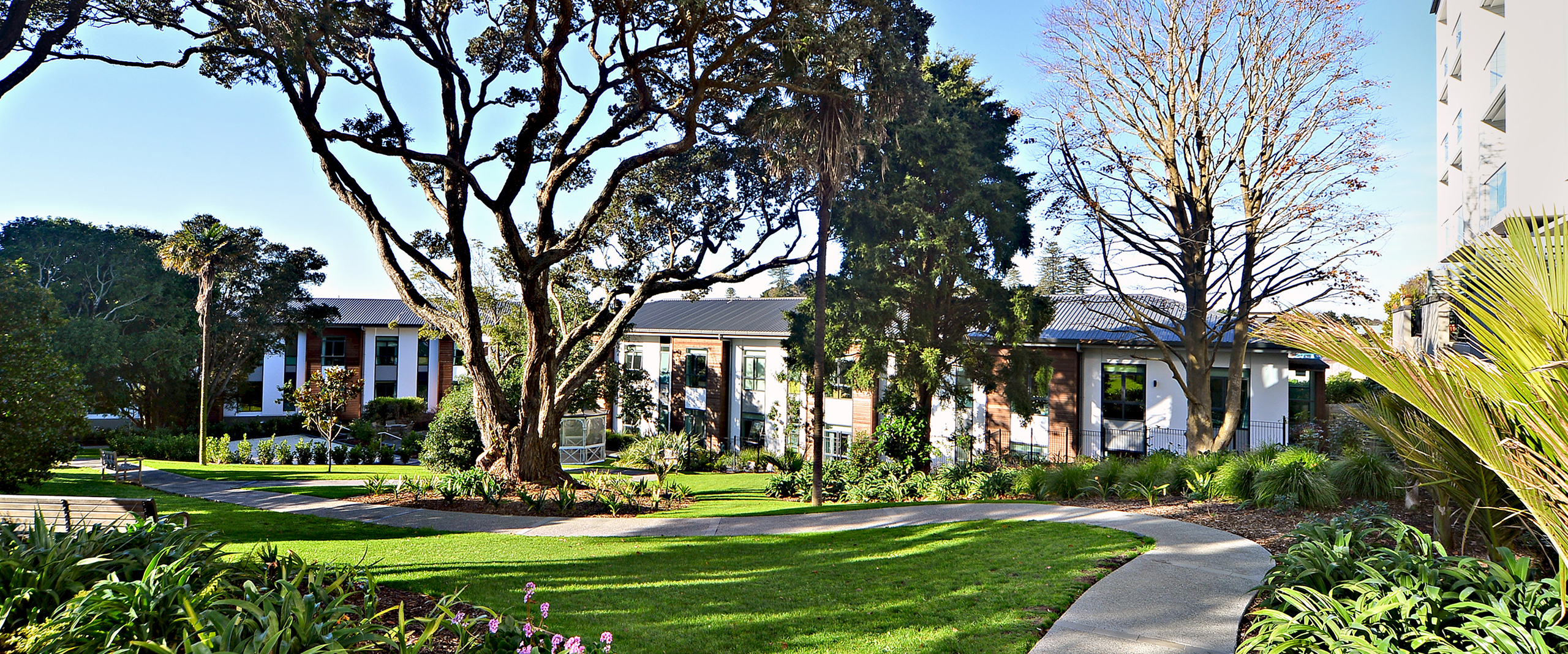Enquire Today
Fill out your details to receive more information about Ranfurly Hospital or to arrange a visit.
{"data":[],"config":{"id":233,"content_id":null,"name":"Enquiry Form","type":"form","position":233,"active":1,"created_at":"2021-03-22T21:52:00.000000Z","updated_at":"2025-10-28T20:23:15.000000Z","content":"<p>Fill out your details to receive more information about Ranfurly Hospital or to arrange a visit.<\/p>","description":"Enquire Today","sharpspring_url":"https:\/\/app-3QN8JU2KRI.marketingautomation.services\/webforms\/receivePostback\/MzawMDE1NzI3BgA\/","sharpspring_endpoint":"063425bf-674c-41d1-b769-12a3b83f88bd","template":"Register Modal","image":{"id":491,"parent_id":490,"name":"Sage-Paisley-Tile.png","description":null,"folder":null,"storage":"assets","size":76209,"extension":"png","mime_type":"image\/png","width":621,"height":620,"keywords":null,"usage":{"panels.233":"Enquiry Form","panels.245":"Join Our Newsletter","panels.244":"Residential Care Guide","panels.424":"Want To Know More","panels.497":"New grid-3-img-3","panels.527":"Want To Know More","panels.528":"Ranfurly Hospital"},"created_at":"2022-01-27T23:16:15.000000Z","updated_at":"2025-11-19T21:39:49.000000Z","value":null,"_meta":null,"node_path":[{"id":490,"name":"Patterns","parent_id":null},{"id":491,"name":"Sage-Paisley-Tile.png","parent_id":490}],"readonly":null,"link":"\/asset\/491.png","readable_size":"74.42 kB","secured":false,"secured_token":"eyJ0eXAiOiJKV1QiLCJhbGciOiJIUzI1NiJ9.eyJzdG9yYWdlcyI6WyJzZWN1cmVfYXNzZXRzIl0sImZpbGUiOjQ5MX0.VKNKR8XCViVsPem_MXTHkg1x4z-dbItgGQVkI8guuPM","full_path":"490\/491"},"image_background_colour_preset":"White","fields":[{"id":47,"panel_id":233,"name":"first-name","title":"First name","data_type":"input-text","required":1,"auto_populated":null,"values":null,"position":47,"active":1,"created_at":"2025-10-28T20:20:36.000000Z","updated_at":"2025-10-28T20:23:12.000000Z","refs":null,"placeholder":null},{"id":48,"panel_id":233,"name":"last-name","title":"Last name","data_type":"input-text","required":1,"auto_populated":null,"values":null,"position":48,"active":1,"created_at":"2025-10-28T20:20:51.000000Z","updated_at":"2025-10-29T19:39:56.000000Z","refs":null,"placeholder":null},{"id":49,"panel_id":233,"name":"email","title":"Email address","data_type":"input-email","required":1,"auto_populated":null,"values":null,"position":49,"active":1,"created_at":"2025-10-28T20:21:04.000000Z","updated_at":"2025-10-28T20:23:11.000000Z","refs":null,"placeholder":null},{"id":50,"panel_id":233,"name":"phone","title":"Phone number","data_type":"input-text","required":0,"auto_populated":null,"values":null,"position":50,"active":1,"created_at":"2025-10-28T20:21:17.000000Z","updated_at":"2025-10-28T20:23:10.000000Z","refs":null,"placeholder":null},{"id":51,"panel_id":233,"name":"enquiry-type","title":"What best describes your enquiry?","data_type":"selectbox","required":1,"auto_populated":null,"values":"Sales Enquiry|sales-enquiry\nEmployment Enquiry|employment-enquiry\nOther|other","position":51,"active":1,"created_at":"2025-10-28T20:21:39.000000Z","updated_at":"2025-11-06T14:18:18.000000Z","refs":null,"placeholder":null},{"id":52,"panel_id":233,"name":"care-type","title":"Are you looking for?","data_type":"selectbox","required":1,"auto_populated":null,"values":"Care|care\nOther|other","position":52,"active":1,"created_at":"2025-10-28T20:22:03.000000Z","updated_at":"2025-10-28T20:22:19.000000Z","refs":null,"placeholder":null},{"id":53,"panel_id":233,"name":"enquiry-for","title":"Who are you enquiring for?","data_type":"selectbox","required":1,"auto_populated":null,"values":"Myself|myself\nMyself and a Partner|myself-partner\nFamily Member or Friend|family-friend\nOther|other","position":53,"active":1,"created_at":"2025-10-28T20:22:45.000000Z","updated_at":"2025-10-28T20:23:09.000000Z","refs":null,"placeholder":null},{"id":54,"panel_id":233,"name":"description","title":"How can we be of assistance?","data_type":"textarea","required":1,"auto_populated":null,"values":null,"position":54,"active":1,"created_at":"2025-10-28T20:23:05.000000Z","updated_at":"2025-10-28T20:23:08.000000Z","refs":null,"placeholder":null}]}}
